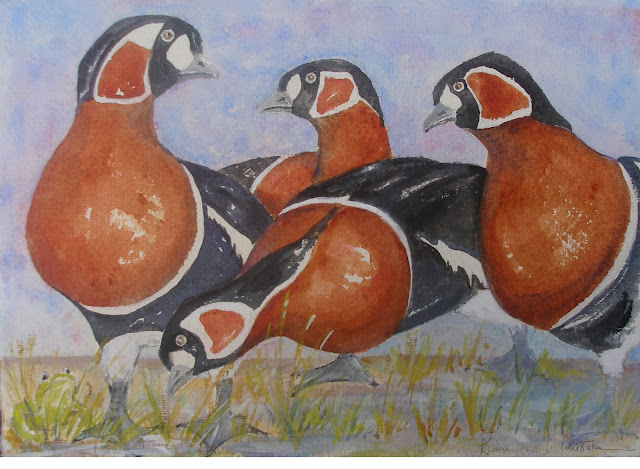The Wetlands (www.wwt.barnes.org) have started a book corner and
instinctively I reached out to search for ….. I don’t quite know what. What do we look for when we see a pile
of apparently random books.
Instant wisdom? Sudden
expertise, Beauty, Romance, Advice or Adventure?
I seized on probably the only Dick Francis that I haven’t
read, published in 1974 with the title of Knock Down, hardback too, and only
50p. Next I picked up Birds Of
Heath & Marshland by O. Stepanek with beautiful illustrations by E.
Demartini. Originally published in
Czechoslovakia, translated by A. Denesova and with the price tag of £3 I could
not leave it behind. Splendid
booty!
I paused in the Car Park before prompting Daisy to jump into
the car, and looked up. The icy
air was a piercing blue and I saw what to me was a phoenix rising with pale
pink outstretched neck and wide wings.
A sort of flying Loch Ness Monster? Time I got my eyes tested. I’m getting too fanciful. But it was fun.




